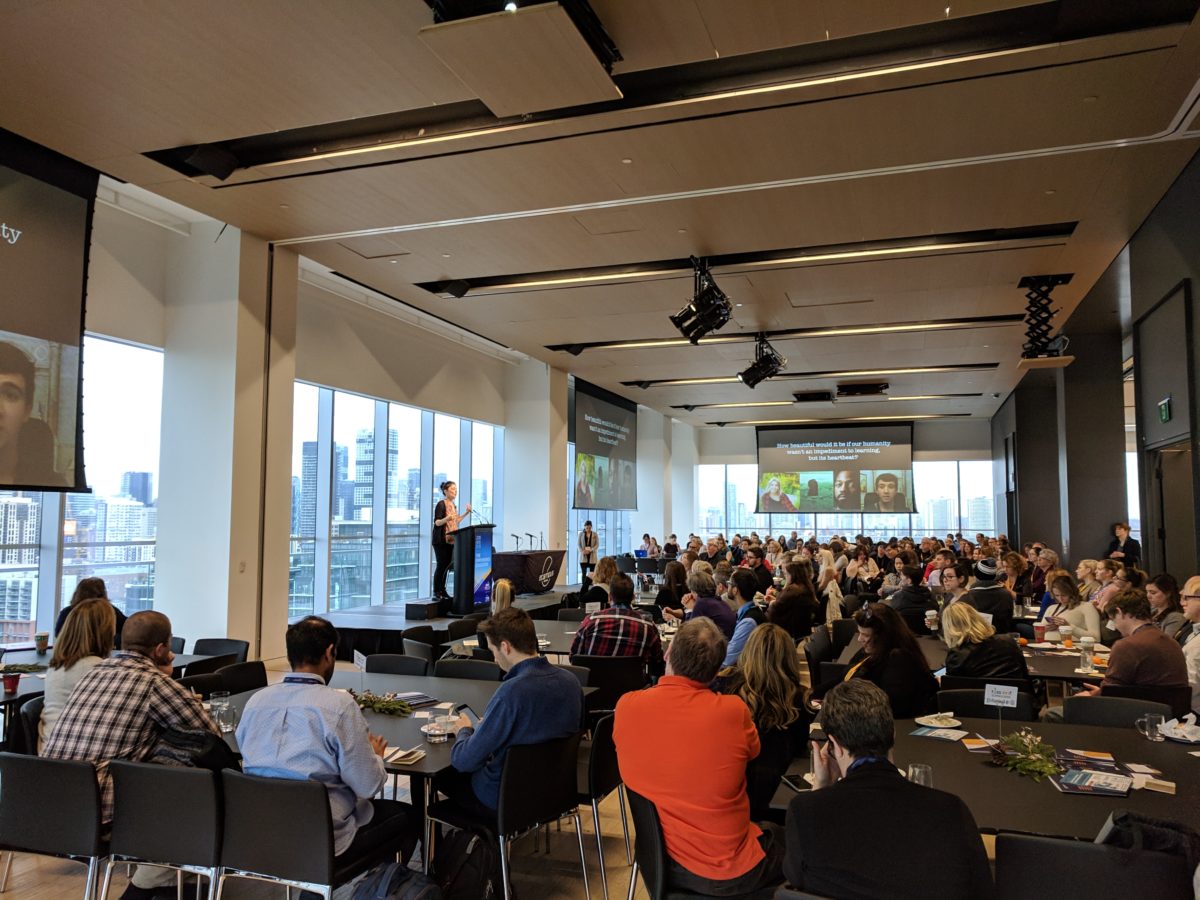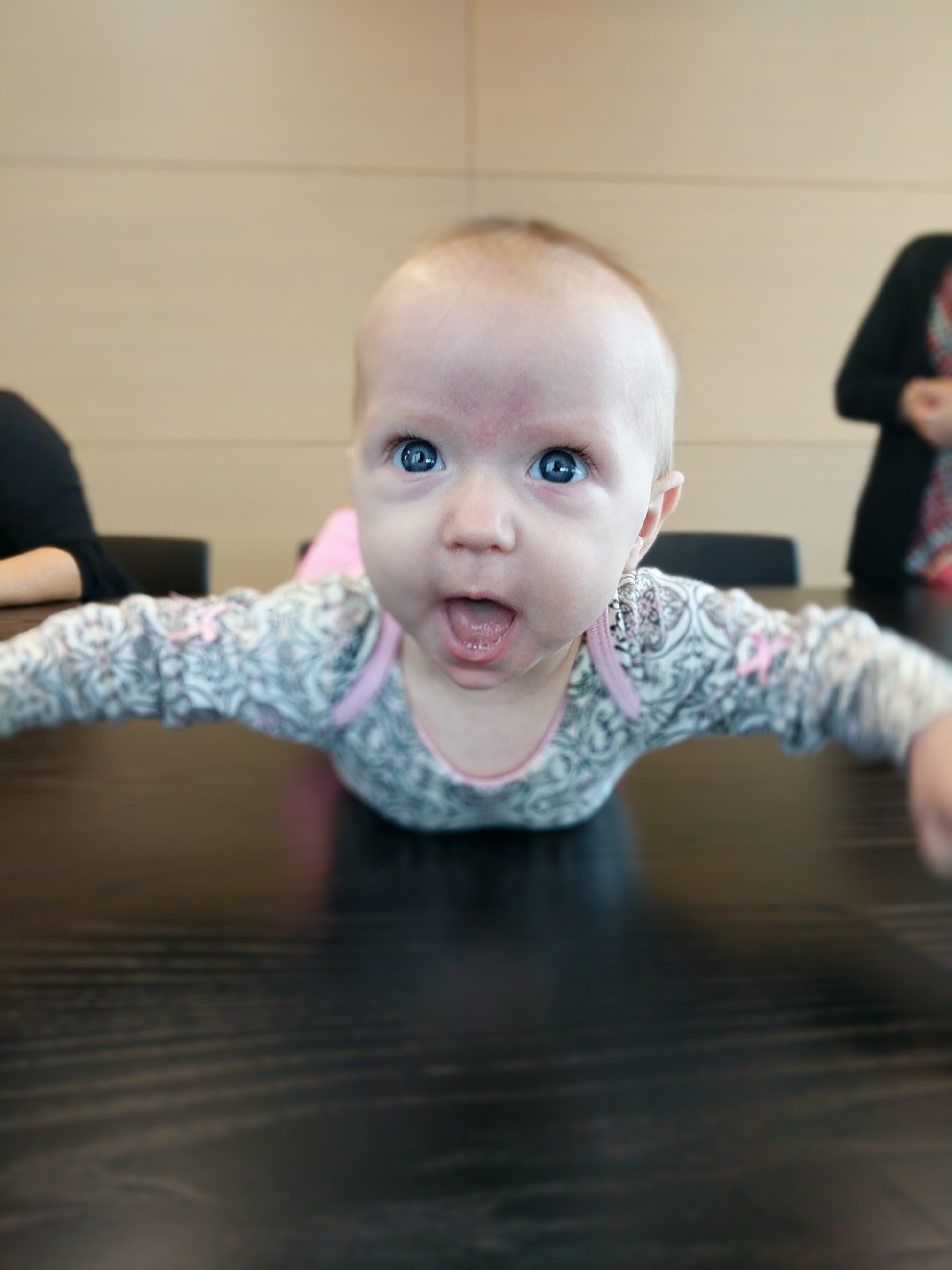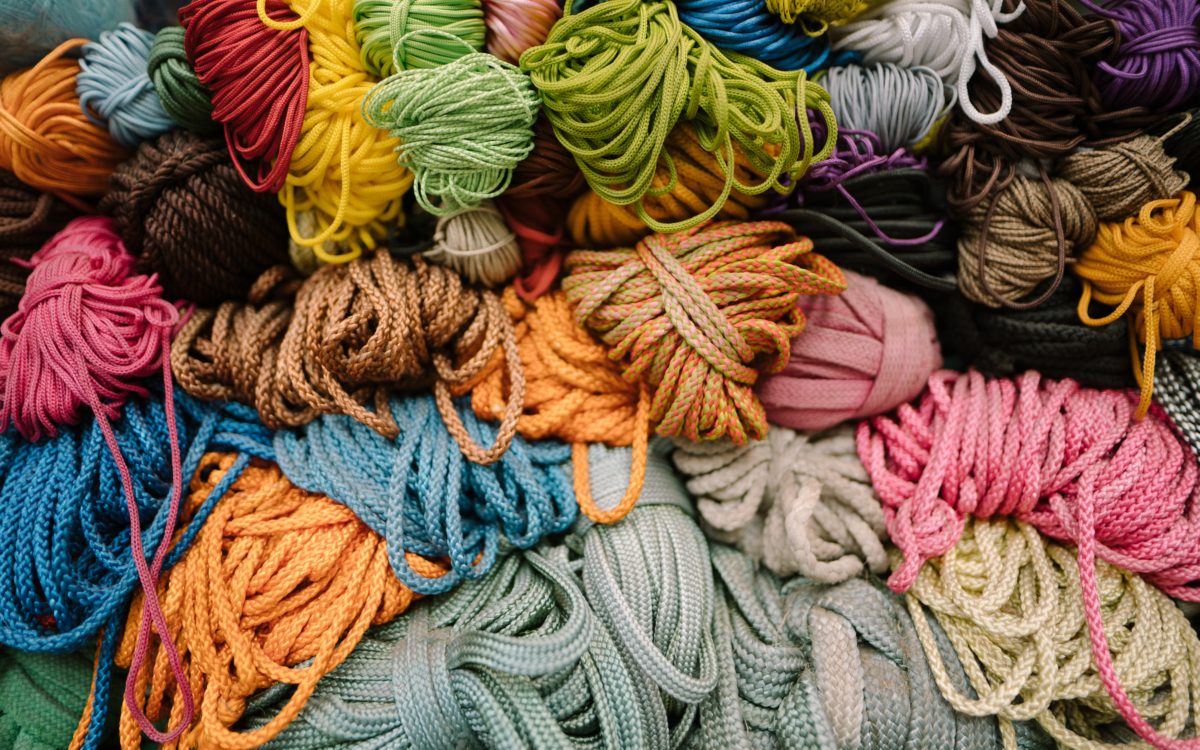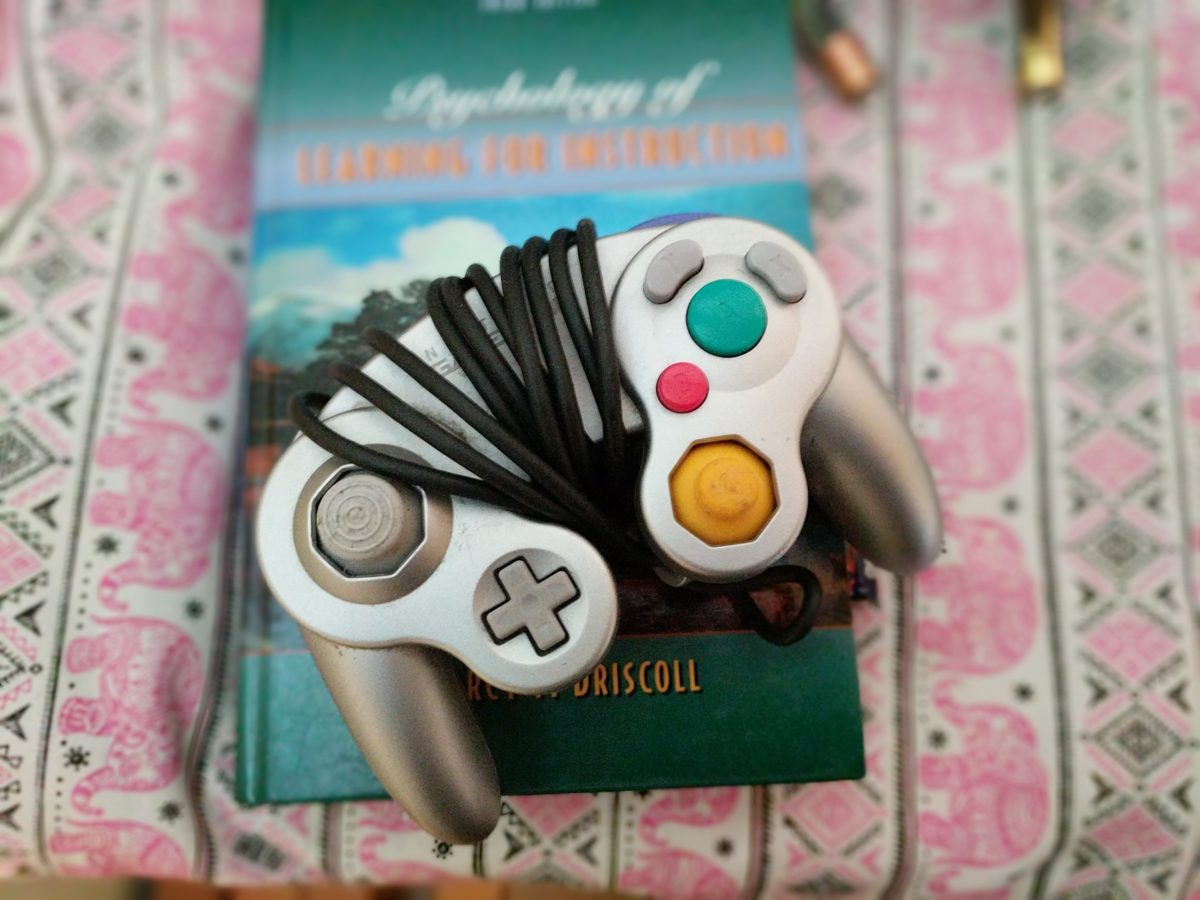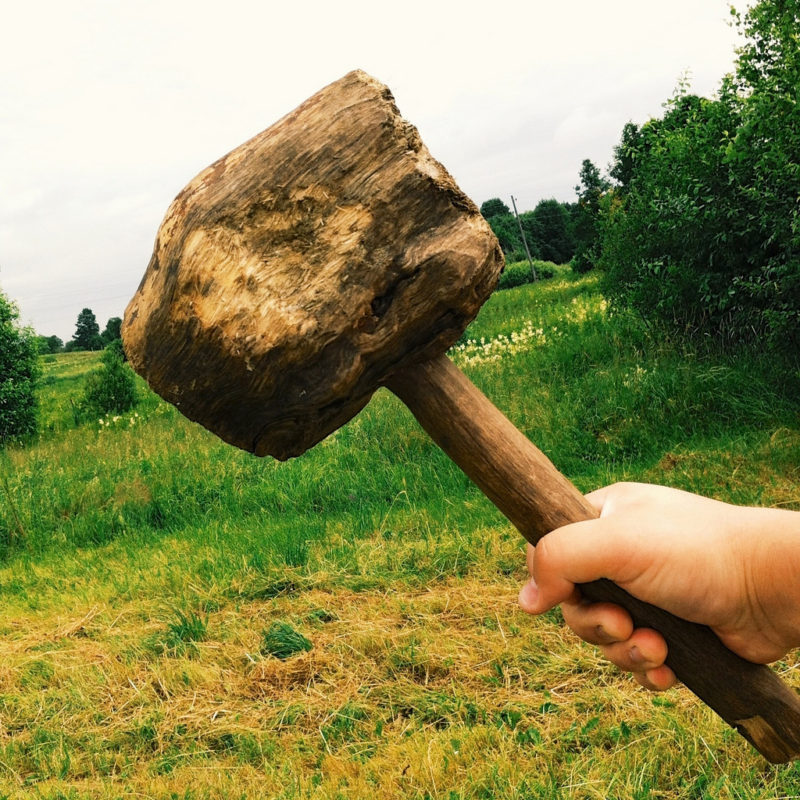This is my Ontario Extend 9x9x25 Challenge post #8
If I were asked to name the top 2 things that have helped me to not only develop and hone my abilities as an educational technologist, but also lead me down rabbit holes that have crafted my attitudes and values and love for this whole ed-tech thing, here is what I would answer without hesitation:
- Doing Dailies.
- Making Dailies.
Now you might be asking, what the heck are Dailies? It’s not a tool. It’s not really content or curriculum. It’s not part of a module. It’s a sauce. A sauce for your learning community. Sauce adds flavor. If it were up to my 4 year old daughter, there would only be sauce and no actual food to put it on. Is that so wrong? (well for actual food… yes definitely she is wrong)
I first came across the Daily with the ds106 Daily Create as I was partaking as an open participant in the legendary ds106 (a Digital Storytelling learning experience). Holy guacamole has participating in this been huge for me. If I were to completely map my professional learning network, I would guess that 99% of the most meaningful connections have roots in Tweeting out responses to Daily Creates/Daily Extends.
Oh yeah, what are Dailies? Simply put, they are short (10-15 minute) creative activities posted (you guessed it) every dang day to a learning community. They are fun. They introduce you to and get you some practice with new tools. They show you how others respond to the activities. They bring about new connections to peers. They get you in a routine that builds your digital skill, your network, and your joy for doing this stuff. What the heck more can you ask?
I have responded to the ds106 Daily Create 342 times. We forked the idea over to Ontario Extend and I have responded to those 215 times. That’s a lot of ketchup. All 550+ of those represent trying something new, making a connection or two and growing in little dollops.
They are usually fun. They are usually creative. Some take longer than others. With the ds106 Daily, they are a little more artistic. With the Daily Extend, they relate to technology-enabled pedagogy and are tied to the modules. You are expected to do exactly as many as you would like to do. There’s value in just checking out the daily every day without actually doing it. Here are some of the Daily Extend titles, just to show you the level of levity and brevity we’re working with here
- #oext125 Stop your crying, it’s a line of the times. (a timeline activity)
- #oext302 Ed-Tech Detectives
- #oext152 Reclaim Fake News
- #oext145 An Outrageous Checkout Policy
- #oext138 Subterranean Scholarship Blues
- #oext72 Slide Deck Beauty Pageant
- #oext64 Taylor Swift Curriculum Design
It goes deeper.
You are not only welcome to try each and every Daily posted. You are also welcome to put in ideas for new Dailies: (ds106 & Extend). I’ve submitted a number of them to ds106 and as the program manager of Ontario Extend, I’ve done a fair chunk of those, too. Coming up with these is so very fun. I shouldn’t have all of it. I am currently collecting ideas for Daily Extends when we re-launch in early January. Here is my complete list:
- Who is on your personal Mt. Rushmore. Create an image representing the four people who have made you the you you are the most.
- …. Okay I only have one so far. What are your ideas? add them in the to the Extend Daily site or tweet me your thoughts.
And it all goes even deeper.
If this blog post were an episode of a reverse Scooby Doo Mysteries where someone is causing all kinds of havoc, only for good and not evil, we are now at the part where we pull the mask off the one making all these shenanigans happen. It’s Alan Levine! The cogdog! I’ll be adding him as one of my Mt. Rushmore heads. It was him all along, designing the Daily sites, creating countless daily activities in ds106, Extend, and a number of other projects. AND…
he gives it all away for you to host your own on GitHub. What a guy. Here is another place you can find him.
I hope to see you in January in the Extend mOOC when the Extend Dailies re-launch! In the meantime, the ds106 Daily Create is still going strong every day. Why not warm up over there?
Photo by Fancycrave on Unsplash


